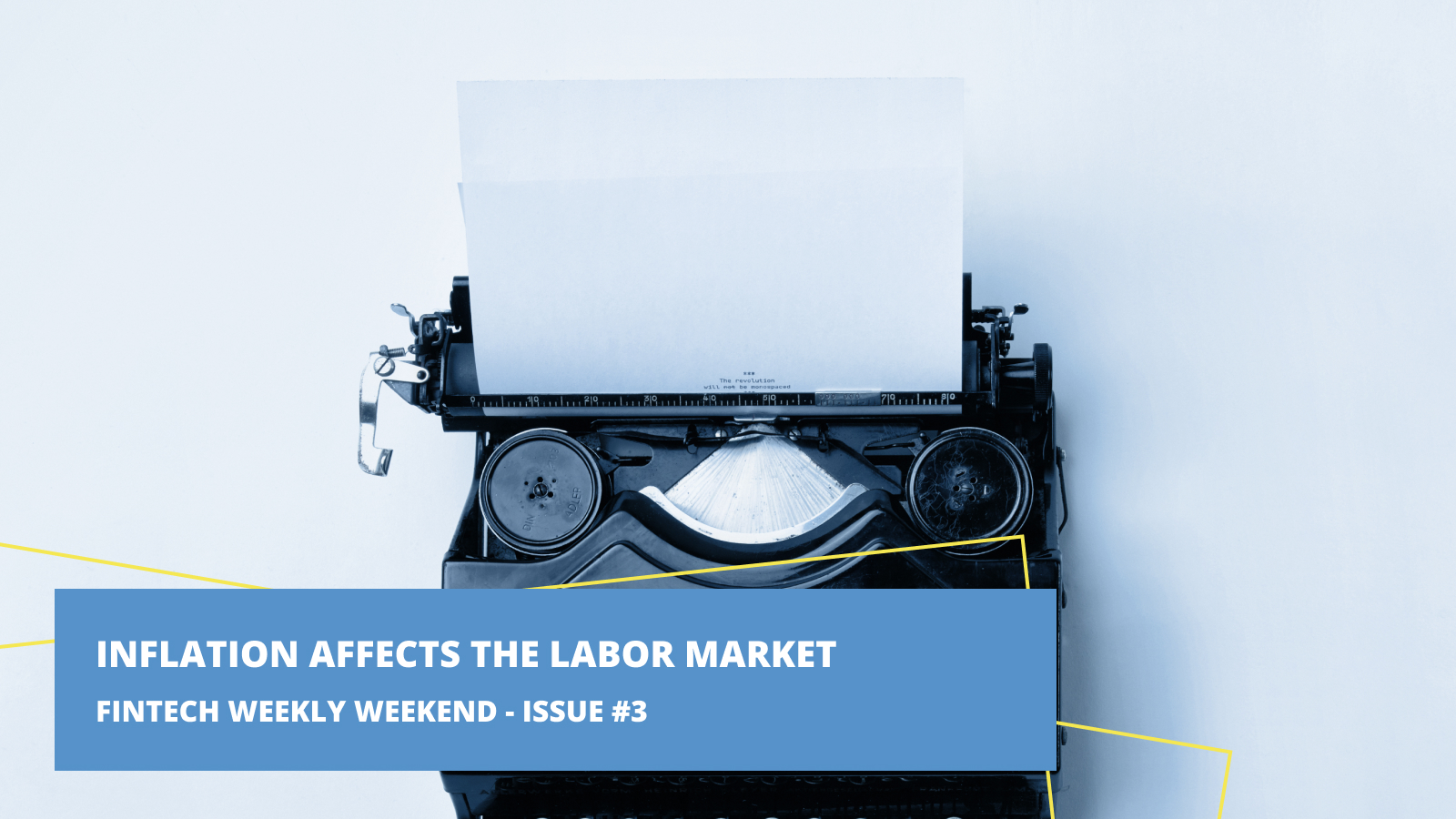FinTech Weekly Weekend Issue #3 April 2nd, 2023

Let’s recap…
- The US published its PCE – Personal Consumption Expenditure, which allows to understand inflation
- The Eurozone released its CPI – Consumer Price Index, another measure used to assess inflation, and unemployment rate
- Data don’t show significant changes, but they’re still negative
FinTech Weekly Perspective
The current banking crisis and the measures taken by regulators led people to reconsider the way they spend money – and also increased the difficulties faced by businesses across different industries.
Inflation seems to be slightly lower, the unemployment rate stable, and the US labor market still seems tight. But why are we analyzing the labor market in relation to inflation?
There is an inverse correlation between inflation and unemployment: usually, when inflation is high, unemployment is low – and vice versa.
This has to do with the fact that when it’s easier for workers to find a job and harder for employers to find workers – that is, when offer is higher than demand – wages tend to be higher, and this favors higher prices.
It might seem a very simplified explanation, but this is actually what usually happens – and why most economists agree on the inverse correlation between inflation and unemployment.
Now, it’s important to consider that it’s not easy to assess the effects of the decisions of regulators in the short run, but it’s also important to say that the fact that they raised interest rates is already having some (moderate) effects.
So far, the impressive tech layoffs were not considered as something that could influence – or somehow mirror – the whole labor market. But is it possible that the industry that was more affected by rising rates is also the industry where the labor crisis can begin?
We can’t know that for sure. In a tight market, tech unemployed workers might find it easier to find other jobs – especially because their skills can fit the needs of different sectors.
But it’s also true that data already show negative results: people spending less, inflation still high, unemployment rate stable – not lower.
Moreover, the fact that businesses’ profits are declining might change the trend soon – from a tight to a slack labor market, which would finally confirm the recession.
We sincerely hope we’re wrong this time.
FinTech Articles
What Inflation Means For The Labor Market
— via FinTech WeeklyHow does inflation affect the labor market? Are we already witnessing the effects of higher interest rates? Discover more with FinTech Weekly.
The number of Americans filing new claims for unemployment benefits rose moderately last week, showing no signs yet that tightening credit conditions were having a material impact on the tight labor market.
The Federal Reserve’s preferred inflation gauge climbed at a 0.3% monthly pace in February, marking a slight slowdown from the month before as pricing pressures show signs of gradually easing.
Consumer spending retreats. Just a blip or a sign of more stress on the U.S. economy?
— via Jeffry BartashConsumer spending rose by a scant 0.2% in February, a big slowdown from the prior month that suggests households may have gotten more cautious as strains on the economy intensify.










